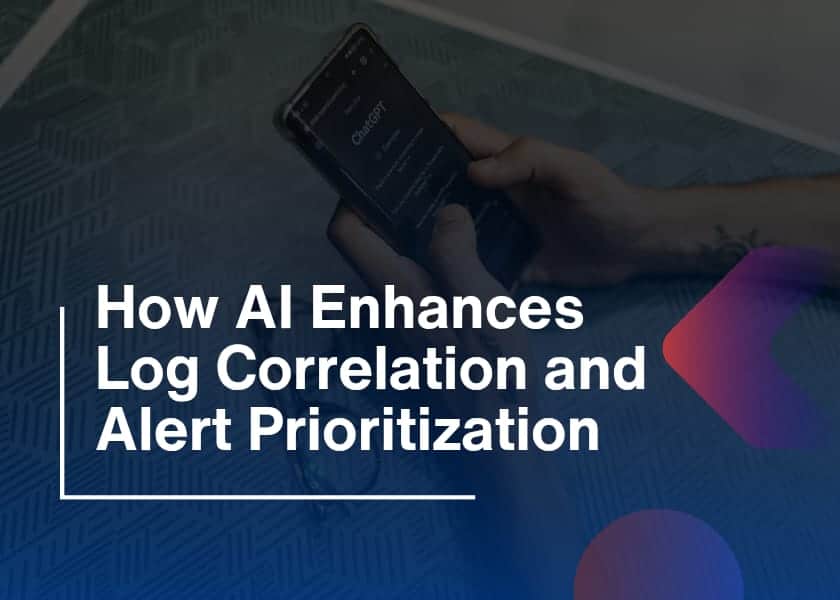Have you ever wondered how organizations manage to stay ahead of cyber threats in today’s increasingly digital world? As cyberattacks grow more sophisticated, how can businesses and government institutions ensure their data is secure? The answer to these pressing questions often lies in a powerful, but often overlooked, system known as a Security Operations Center (SOC).
A Security Operations Center, or SOC, is a centralized unit that manages and monitors security in an organization’s IT infrastructure. So, it plays a pivotal role in detecting, analyzing, and responding to cybersecurity threats in real-time. Without a SOC in place, an organization could be exposed to significant vulnerabilities. These vulnerabilities leave it susceptible to a wide range of cyber threats. But how does a SOC actually work, and why is it so important in today’s digital age? Let’s dive deeper into the workings of a SOC and explore how it helps organizations defend themselves against the increasing tide of cyber risks.
What is a Security Operations Center (SOC)?
Security Operations Center (SOC) is, in a nutshell, the core of cybersecurity operations of a firm. However, it is a center in which a group of IT security practitioners and experts hunt, track, investigate, and counter any possible security threat. Additionally, a SOC is charged with the role of securing sensitive data, networks, and systems of an organization against cyberattacks.
The main aim of the SOC is to ensure that it constantly watches and protects the organizational networks and systems. Therefore, it protects them against external and internal cyberattacks and makes sure that critical information is not breached or compromised. Put more simply, a SOC can be described as a command center of anything and everything cybersecurity-related, operating on a proactive basis. Moreover, it prevents any threats, reduces any risks, and makes sure that any security policies and regulations are being observed and followed.
What does a SOC do?
A SOC is a sophisticated operation that entails a number of steps, technologies, and people. We will decompose the main elements and mechanisms that constitute the work of a Security Operations Center below.
1. Detection and Threat Monitoring
The initial job of a SOC is to search the IT systems of an organization for any suspicious activity that could be an indication of a security breach. The latter is applied through an array of security controls, such as intrusion detection systems (IDS), firewalls, antivirus software, and security information and event management (SIEM) tools. So, these devices raise an alarm when they observe anything that is not usual to the system’s behavior. If they notice any abnormal traffic, unusual access attempts, and other red flags that show a possible cyber threat.
Additionally, these alerts assist SOC analysts to prioritize incidents and decide whether they are valid threats or false positives. So, this will need both automation and human knowledge to ignore irrelevant information and concentrate on actual risks.
2. Incident Response and Management
After identifying a threat, this is followed by estimating the extent of the threat and deciding on how to react to it. In this situation, the SOC team responds to the threat by researching the scope, effect, and possible outcome of the incident. This is referred to as incident response.
Additionally, when a cyberattack occurs, the SOC team acts rapidly to contain the attack, limit the damage done, and recover damaged systems. However, incident response might comprise isolation of compromised systems, prevention of malicious traffic, vulnerability patching, and restoration of data by use of backups. Moreover, the SOC team has its predetermined procedures as well. So that the incident could be dealt with effectively and the stakeholders could be updated about the process.
3. Analysis and Forensics
Another important aspect of the work of a SOC is forensics. Once the team responds to an incident, they will do a deep analysis of the attack to determine how it occurred and the root cause. In order to identify the attack vector, techniques employed by the attackers, as well as the vulnerabilities exploited, forensics is used for analyzing system logs, network traffic, etc. Through such a thorough investigation, the SOC can enhance future security measures and defenses to avoid the recurrence of such incidents. Additionally, forensics is important in the documentation of the attack, which can be meaningful legally and to regulatory authorities.
4. Threat Intelligence and Vulnerability Management
A proactive SOC also involves continuous intelligence gathering and analysis. This includes staying updated on the latest cyber threats, vulnerabilities, and attack trends. Therefore, this can be achieved through sources like threat intelligence feeds, cybersecurity reports, and industry alerts. With this information, the SOC can anticipate potential risks and strengthen defenses accordingly.
However, another critical aspect of a SOC’s work is vulnerability management. This involves identifying weaknesses in an organization’s infrastructure and taking steps to patch or remediate them. So, these steps are necessary before they can be exploited by cybercriminals. Furthermore, regular vulnerability assessments and penetration testing are key to ensuring the security of an organization’s systems.
5. Security Automation and Orchestration
In today’s world, security threats are growing at an unprecedented rate. To keep up with the volume and complexity of these threats, many SOCs use security automation and orchestration. These technologies allow the SOC to automate routine tasks, such as threat detection, incident response, and data collection. In addition, automation helps the SOC handle a higher volume of threats more efficiently, reducing response times and freeing up human analysts to focus on more complex issues.
Moreover, orchestration goes a step further by integrating various security tools and systems into a cohesive workflow, enabling the SOC to respond to incidents faster and more effectively.

Key Components of a Security Operations Center
To understand how a SOC works, it’s important to know the key components that make up a typical SOC operation.
1. People
Skilled personnel who are experts in IT security primarily drive a SOC. These professionals may include:
- Security Analysts: These are the individuals responsible for monitoring alerts, analyzing data, and responding to threats.
- Incident Responders: Then, the specialized experts who lead efforts to contain and mitigate cyberattacks.
- Threat Intelligence Analysts: They focus on gathering and analyzing data on emerging threats.
- SOC Manager: The SOC manager actively oversees the entire operation, runs all processes smoothly, and implements security measures effectively.
2. Processes
The effectiveness of a SOC depends largely on the processes it follows. These processes include:
- Incident response procedures: Defined steps that dictate how to respond to various types of security incidents.
- Forensic analysis protocols: Procedures for investigating attacks and collecting evidence.
- Reporting and documentation: The SOC team documents all incidents to support analysis and ensure legal compliance.
3. Technology
The tools and technologies used in a SOC are crucial for its operation. Key technologies include:
- SIEM Systems: The SOC team uses these to aggregate, analyze, and store security data, which helps them detect and investigate threats.
- Firewalls and Intrusion Detection Systems (IDS): These protect against unauthorized access and malware.
- Endpoint Detection and Response (EDR): These tools monitor devices for suspicious activity.
Why Does Every Organization Need a SOC?
Now that we know how a SOC works, you may be asking why it’s important. Simply put, a Security Operations Center is vital for organizations of all sizes and industries because it provides a comprehensive, real-time defense against a wide range of cyber threats. In addition, cyberattacks are becoming more sophisticated, and without a dedicated team focused on cybersecurity, an organization risks severe damage to its reputation, finances, and legal standing. Therefore, a SOC enables proactive threat detection, swift response to incidents, and continuous improvement in security practices. It helps organizations:
- Minimize Cyber Risk: By continuously monitoring and responding to threats, SOCs minimize the chances of a successful cyberattack.
- Ensure Compliance: Many industries have strict regulations regarding data protection, and a SOC helps ensure compliance with these standards.
- Prevent Data Breaches: By detecting threats early and responding quickly, a SOC can prevent data breaches and protect sensitive information.
Conclusion
In conclusion, a Security Operations Center (SOC) is an essential part of modern cybersecurity. As the digital landscape continues to evolve, so do the threats faced by organizations. The ability to monitor, detect, and respond to cyber threats in real time is invaluable, making the role of a SOC more important than ever. By ensuring that the necessary people, processes, and technologies are in place, an organization can significantly reduce its exposure to cyber risks and protect its most valuable assets.
A well-functioning SOC not only helps in mitigating current security threats but also strengthens the organization’s defense systems for future challenges. Whether you’re running a small business or managing a large enterprise, investing in a SOC is no longer optional—it’s a critical step toward safeguarding your digital world.





